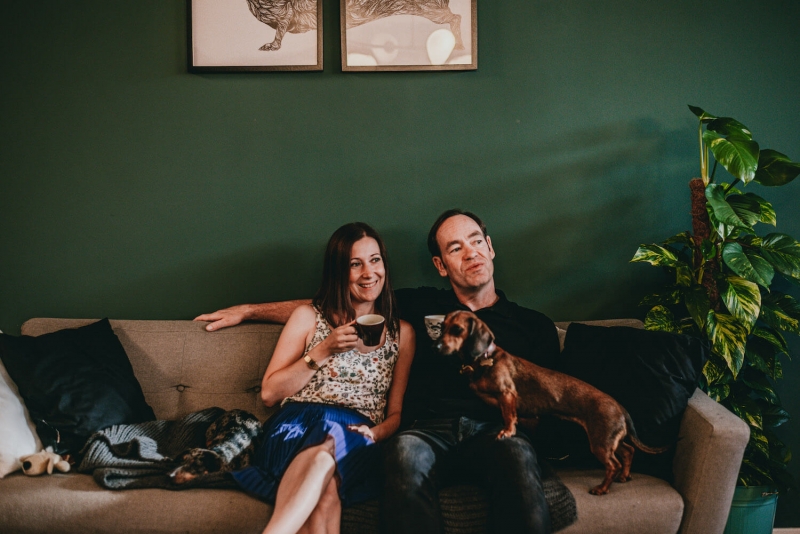About The naughty dog
Can you please introduce your roaster in a few short sentences?
A small roaster that focuses on African coffees (mainly Ethiopia) and coffees from Central and South America. Gwilym Davies, World Champion from 2009, is in charge of roasting. He is assisted by Honzo Šturs. Orders, packaging and quality control are handled by Petra Veselá, author of the Big Book of Coffee.
What is the story behind your name and logo?
We wanted a fun and playful name. And since many people recognize us by our 2 dachshunds, the logo was an obvious choice.
What is the hardest part of being a roaster?
For a small roaster, it's buying green coffee. Large roasters fill the container and buy directly from the plantations, small roasters do not have this option.
What's one thing about coffee that people still don't understand?
A lot of people still don't know that coffee is a fruit and because of that it offers an incredible number of different flavors and aromas. She is not just bitter and universal.
What's one thing you wish you'd done differently if you were starting roasting over?
So far, probably nothing, we are satisfied.
Is there a person in the industry that people should know about?
Scott Rao
What was your biggest failure?
I once bought too much green coffee and it sat in our warehouse longer than we would have liked. We are now more careful and order less and more often.
What are you most proud of?
When roasting goes well and our coffee tastes good.
What will the premium coffee market look like in 2025?
Choice coffee will reach far more home users, who will have increasingly high demands on the quality of the beans. The number of new cafes will certainly grow, and they will have to try harder to differentiate themselves from each other.
Tell us about 'The Cup' - the best cup of coffee you've tasted?
It will sound like a cliché, but we had the best coffee in Panama. Either at the Peterson farm - Esmeralda, at the Wilfords' Finca Elida or with Jamison at Finca Deborah. Panama Geisha is such a clean and vibrant coffee.
